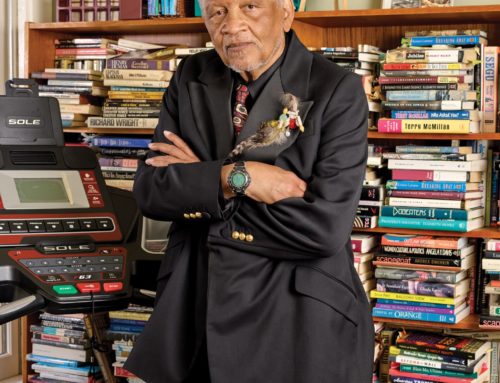If, as an American, you visit a globalized megacity like Seoul, you’ll find plenty that feels familiar. Take chain bookstores: There’s bad lighting, as many smartphone accessories for sale as books, and sneaky customer habits. “I check out the covers,” says Claire, a young South Korean who’s showing me around. “If I like one, I go back to my apartment and buy it online.”
Claire and I are ambling through the Kyobo Book Center in Seoul’s Gangnam district. Gangnam, of course, is the place PSY raps about in “Gangnam Style,” a song that sends up his country’s materialism and wealth. Gangnam is home to Samsung’s corporate headquarters, the city’s neon–saturated nightlife, and outposts for the top international brands, all spread out on a grid of spacious boulevards. It’s the polished, cosmopolitan Korea.
What feels less familiar—more messy and alive—is the rest of the city. The streets twist and taper in a never-ending game of chicken, motorcycles versus taxis. The architecture seems to come in only two options, gray apartment tower and squat villa, with most of it dating to the period after the Korean War when Seoul grew so quickly it needed buildings finished more than it needed them pretty. The city’s oldest residents shuffle proudly along, smaller than their compatriots, a reminder of just how recently life in Korea was defined by deficit rather than surplus. Young people scurry to their hagwons, or afterschool tutoring centers. The billboards and ads chatter in a delightful Konglish. The phrase that sticks with me comes from Skin Food, a popular cosmetics chain: “Beauty food for urban sweety.”
Click here to read the rest of the article at the American Prospect


